Twentieth Century
Harrison Dyar, Amateur Tunneler
Earlier this year, I posted about THE MOLE MAN OF LONDON, an eccentric British fellow who liked to dig tunnels. Well, the USA can hold its own in this category, thanks to Harrison Dyar of Washington, DC. Wikipedia gives a short account of his habit. This long account is much richer.Dyar told the Washington Star that the urge started when he dug a flowerbed for his wife around 1906. "When I was down perhaps 6 or 7 feet, surrounded only by the damp brown walls of old Mother Earth, I was seized by an undeniable fancy to keep on going."
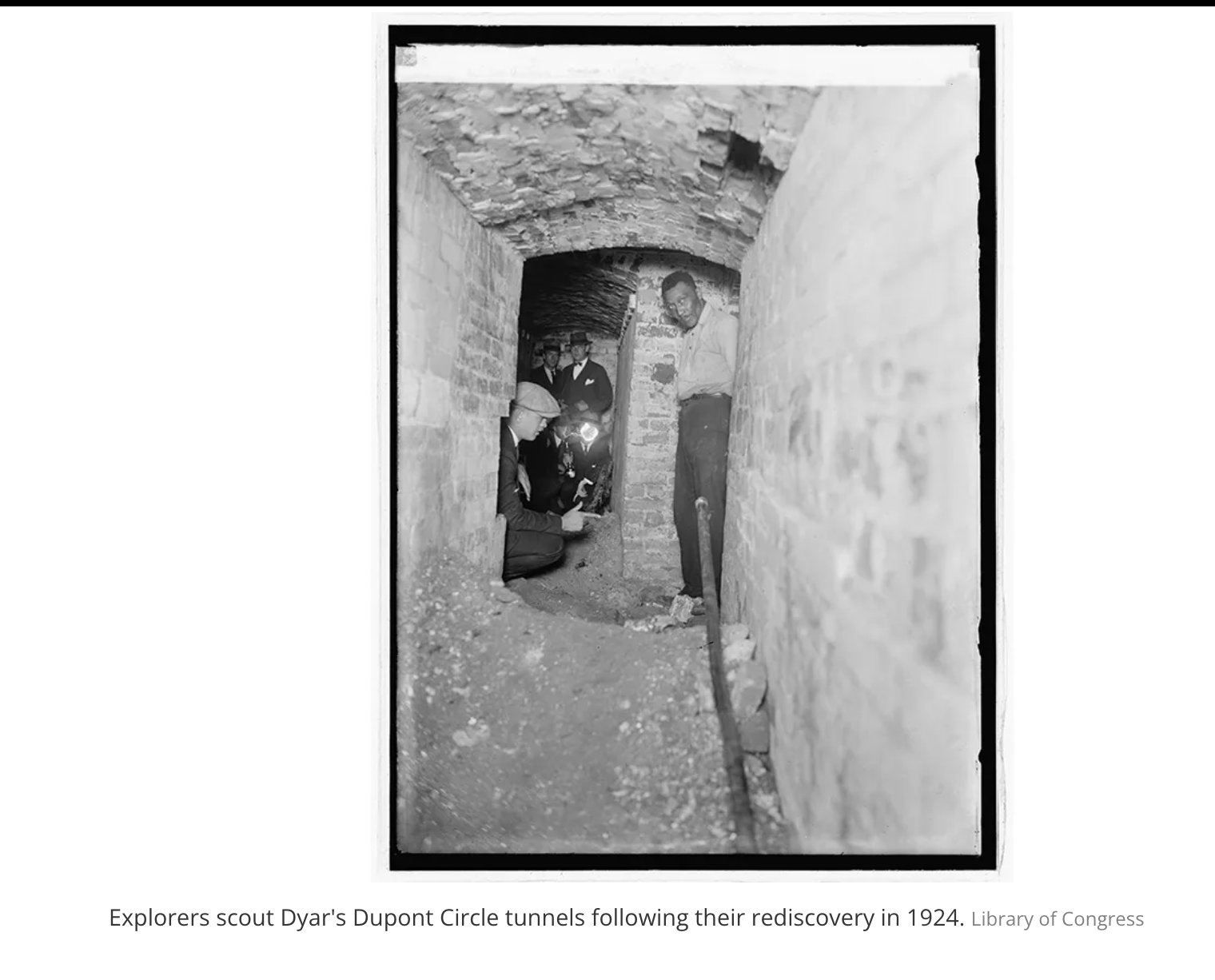
Posted By: Paul - Sun Aug 27, 2023 -
Comments (2)
Category: Eccentrics, Caves, Caverns, Tunnels and Other Subterranean Venues, North America, Twentieth Century
Miss Juke Box, Revisited
A few months ago, I made a post titled "Miss Juke Box" that involved a song of that name. But now, with more diligent research, I actually find some beauty contest queens under that rubric. Alas, I cannot identify the woman in the first photo.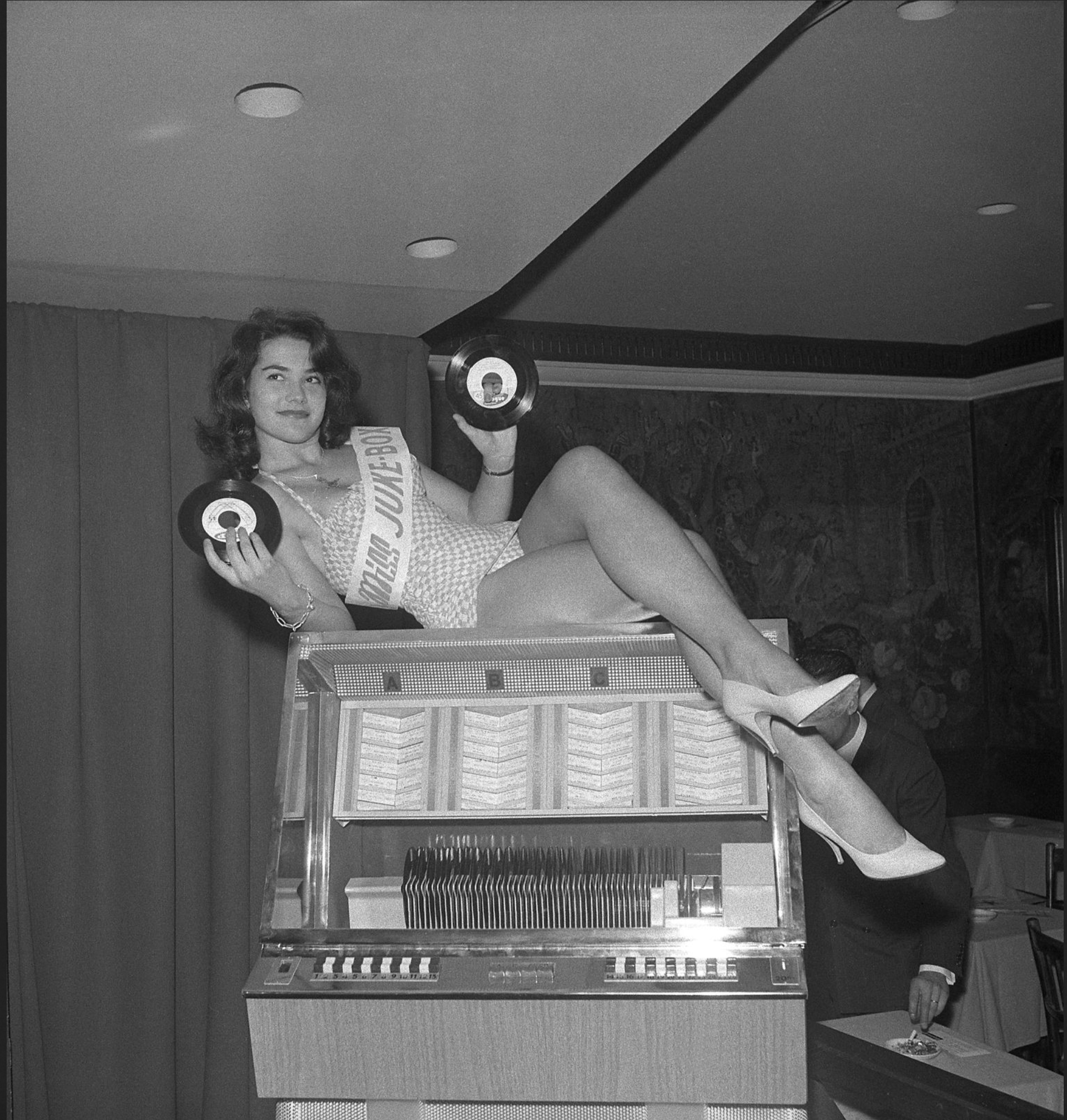
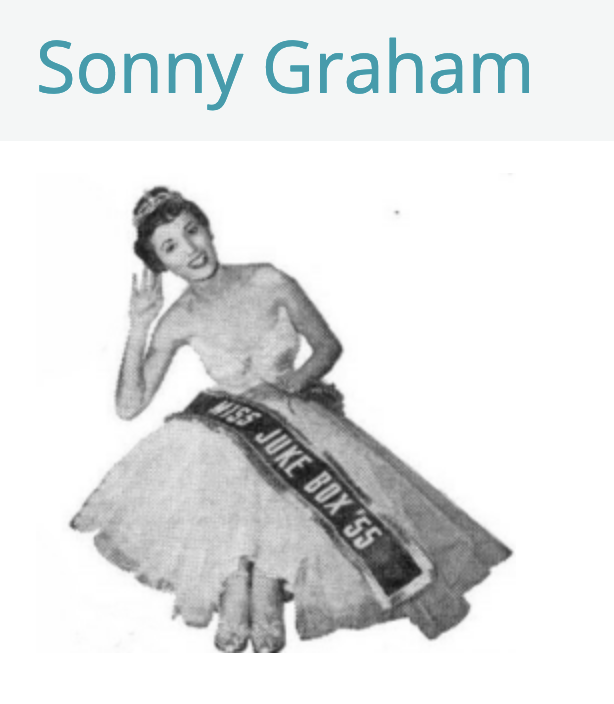

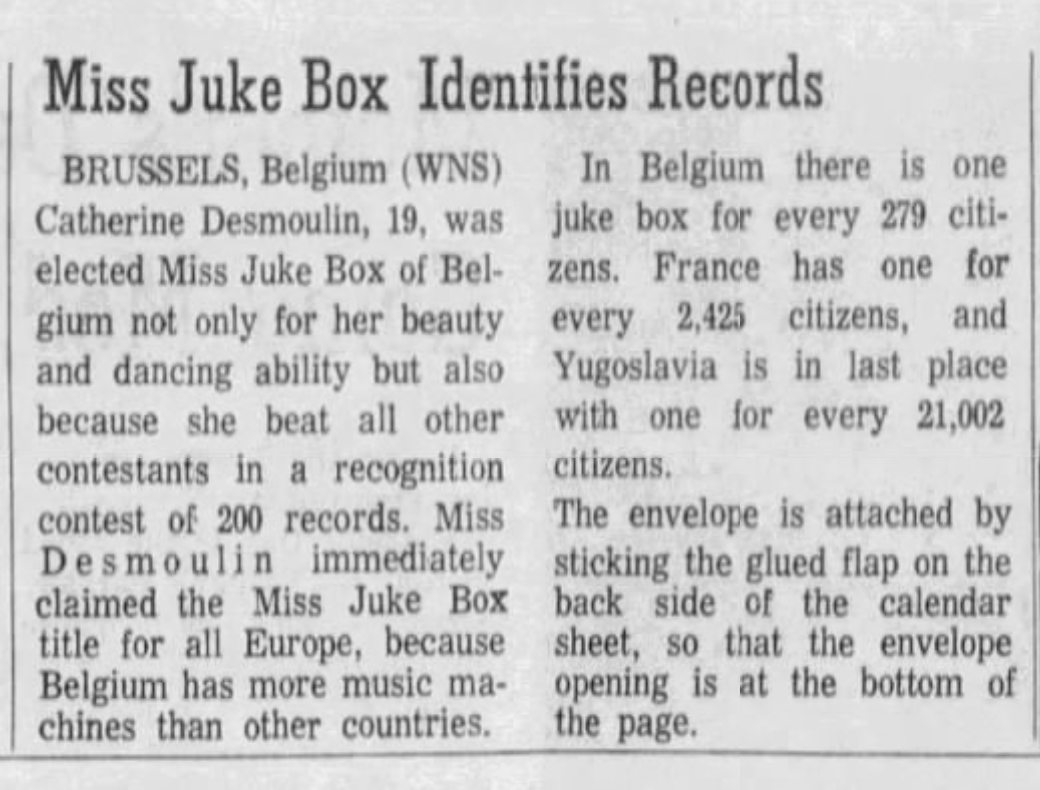

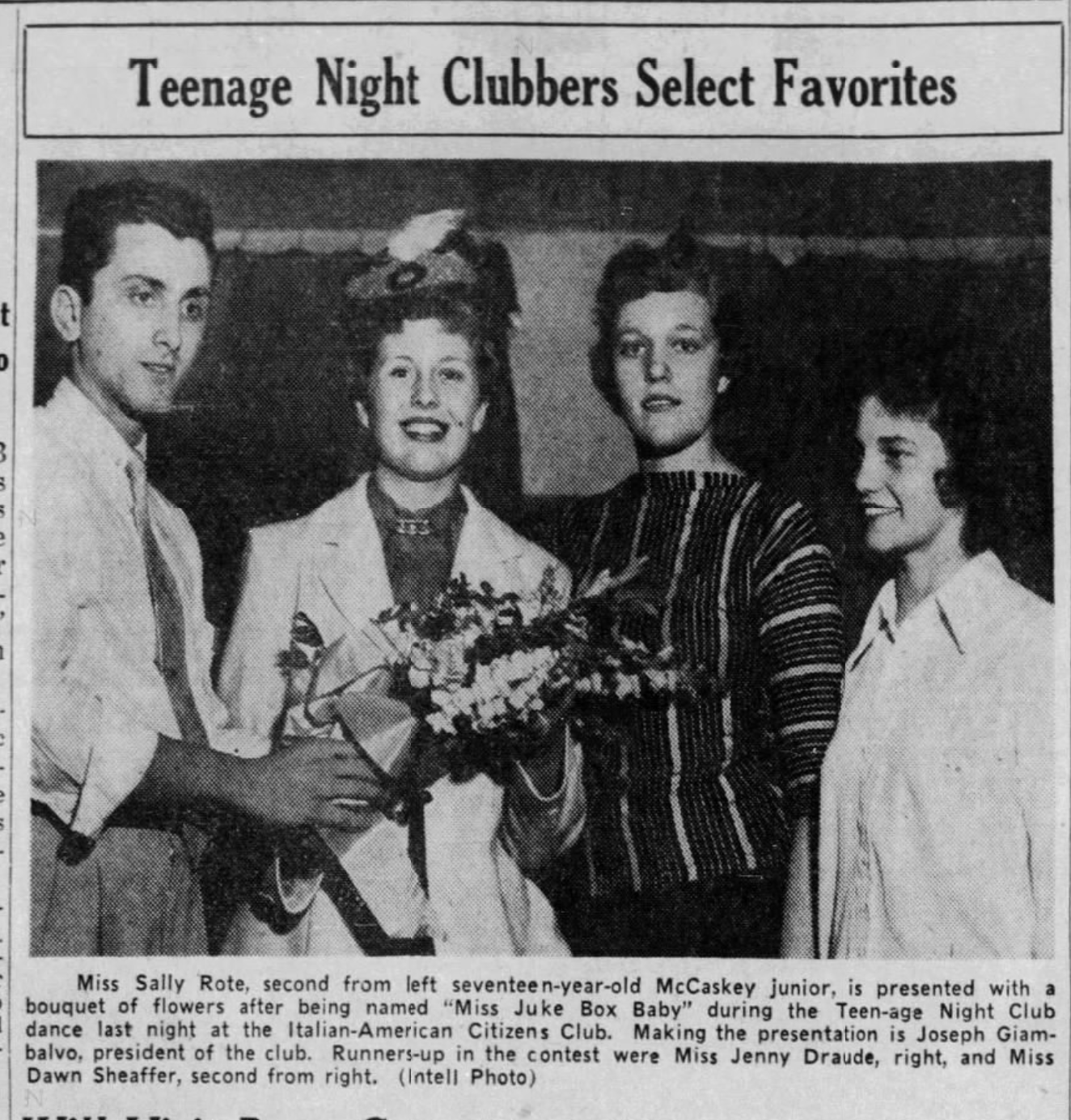
Posted By: Paul - Tue Aug 15, 2023 -
Comments (3)
Category: Awards, Prizes, Competitions and Contests, Beauty, Ugliness and Other Aesthetic Issues, Music, Technology, Twentieth Century
Knots For Restraint
Another entry in WU's eternal quest for the most boring documentary/instructional video ever.
Posted By: Paul - Sun Aug 13, 2023 -
Comments (3)
Category: Boredom, PSA’s, Technology, Twentieth Century
Werner Hirzel

Posted By: Paul - Wed Aug 09, 2023 -
Comments (2)
Category: Excess, Overkill, Hyperbole and Too Much Is Not Enough, Human Marvels, Music, Television, Twentieth Century
The Rose Percy Doll
Read here the whole history of a very expensive doll that became the Junior Red Cross's icon.Under Bertha [Peter’s] care, Rose Percy aided worthy causes for a sixty-year period. In 1919, near the end of her life, Bertha placed Rose on temporary loan to the American Red Cross Museum in Washington D.C. The very next year, Bertha gifted Rose to the organization, and with that gift, she became the official mascot of the Junior Red Cross. Rose served in that capacity for over eighty years, and during that time greeted visitors from all over the world.
The year 2010 found the American Red Cross facing deficits, so the decision was made to sell off valuable assets in order to reduce their debt. Countless historic artifacts were sent to the auction block, including Rose Percy, who is in fact, older than the Red Cross itself.
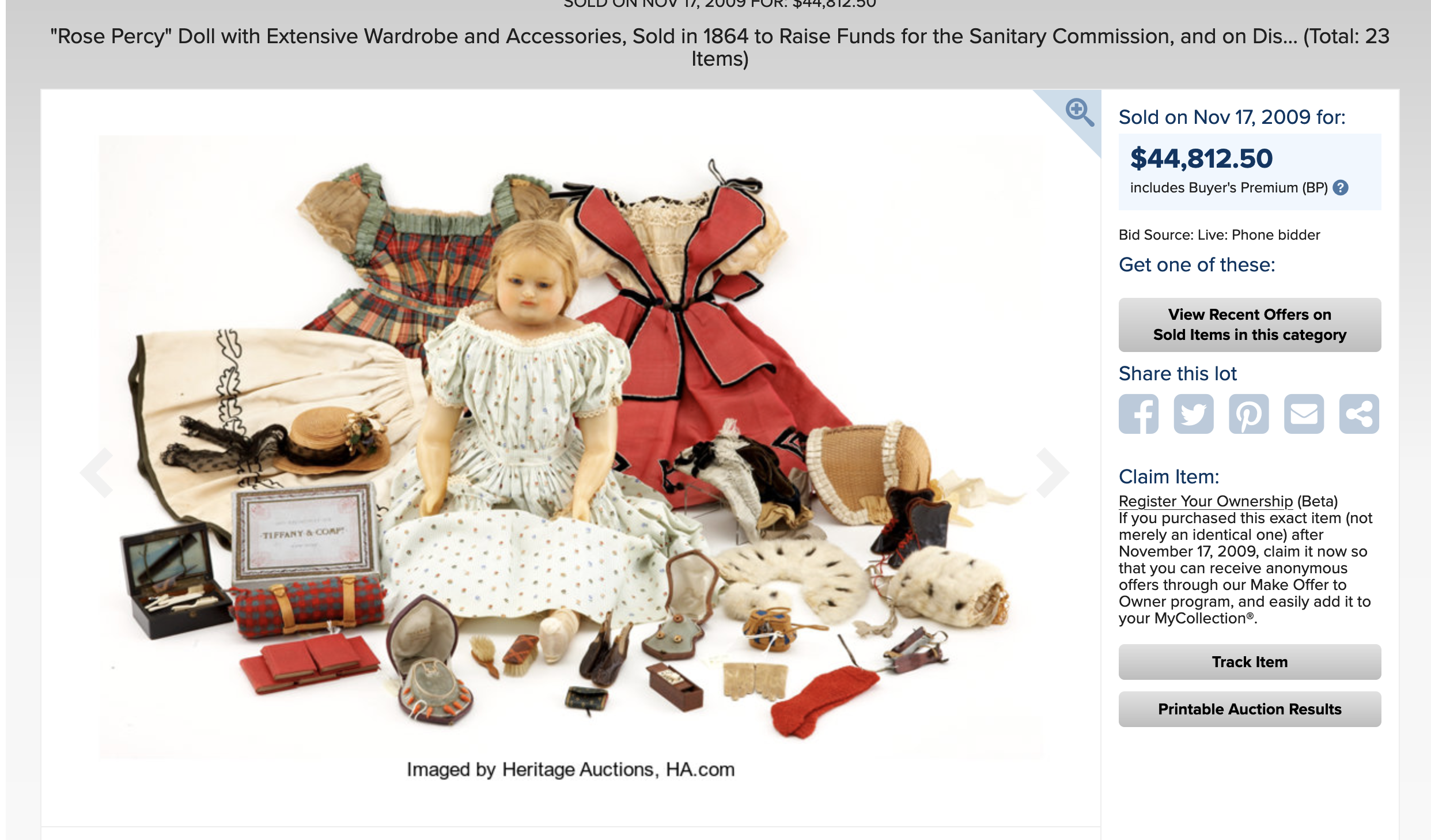
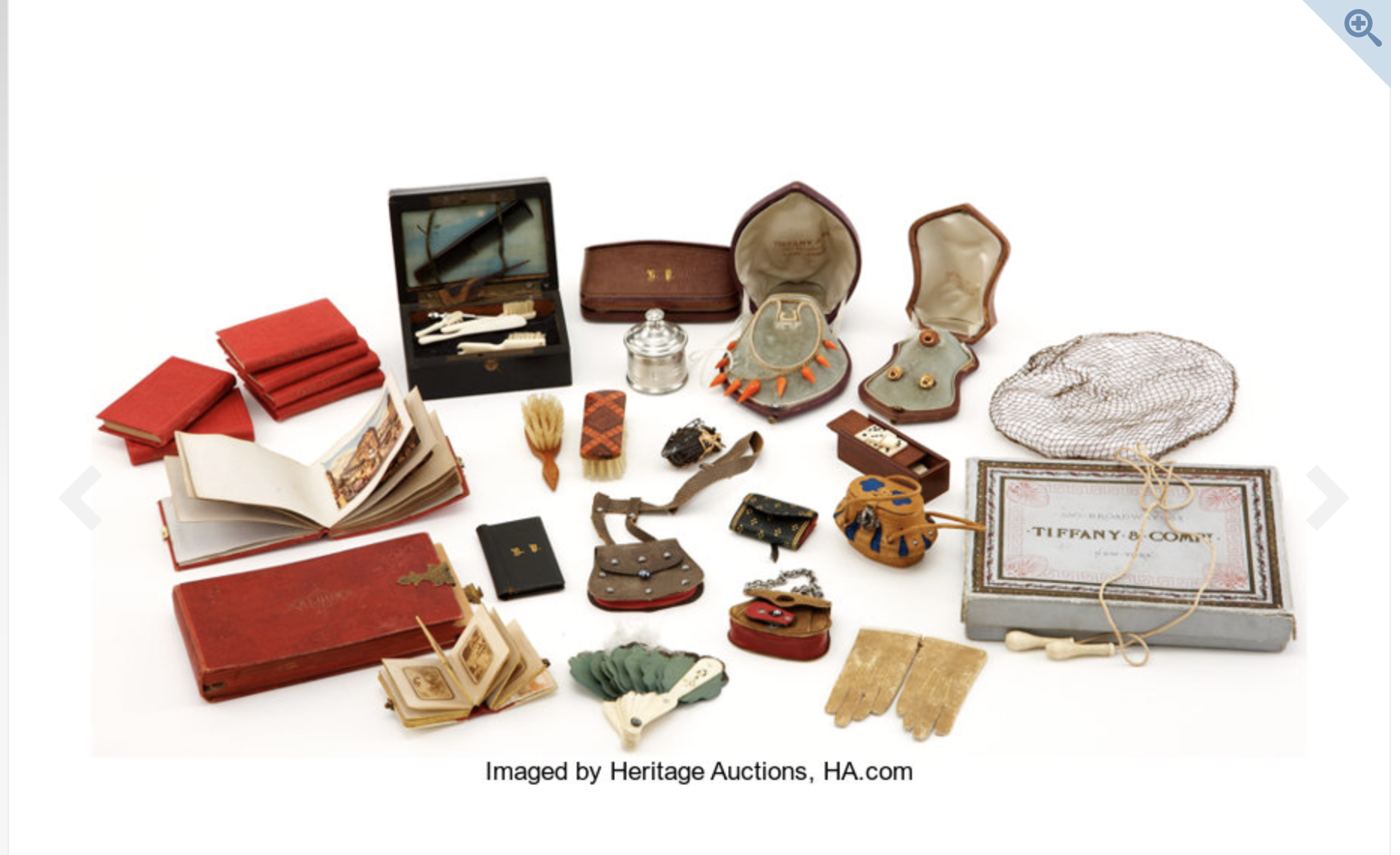
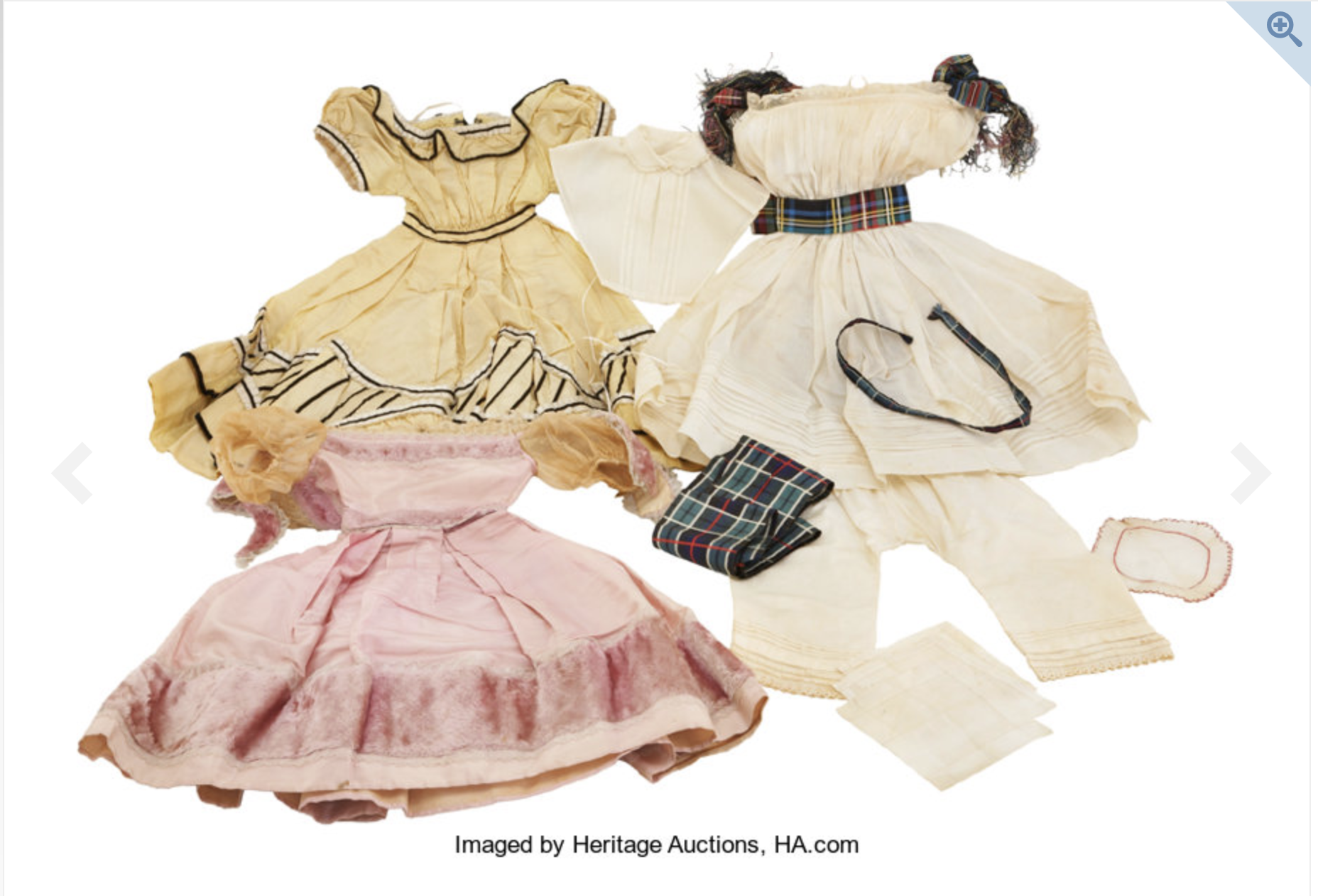
Posted By: Paul - Fri Aug 04, 2023 -
Comments (0)
Category: Charities and Philanthropy, Medicine, Dolls and Stuffed Animals, Nineteenth Century, Twentieth Century, Twenty-first Century
Actual Business Letters
Need to practice your shorthand? We have the assistance you need, right here! Play the embedded album below. Track number 4 about fisheries regulations is spell-binding.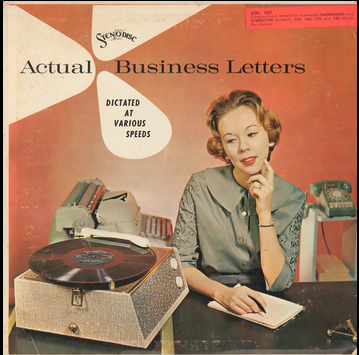
Posted By: Paul - Wed Aug 02, 2023 -
Comments (2)
Category: Boredom, Offices, Business Supplies, Institutional Regulations, Vinyl Albums and Other Media Recordings, Twentieth Century
The Great Cheiro
The late part of the 19th century and the early part of the 20th century were filled with occult types, most famously Aleister Crowley. But I had not previously encountered Cheiro.His Wikipedia page is here.
You can read his palmistry book here.
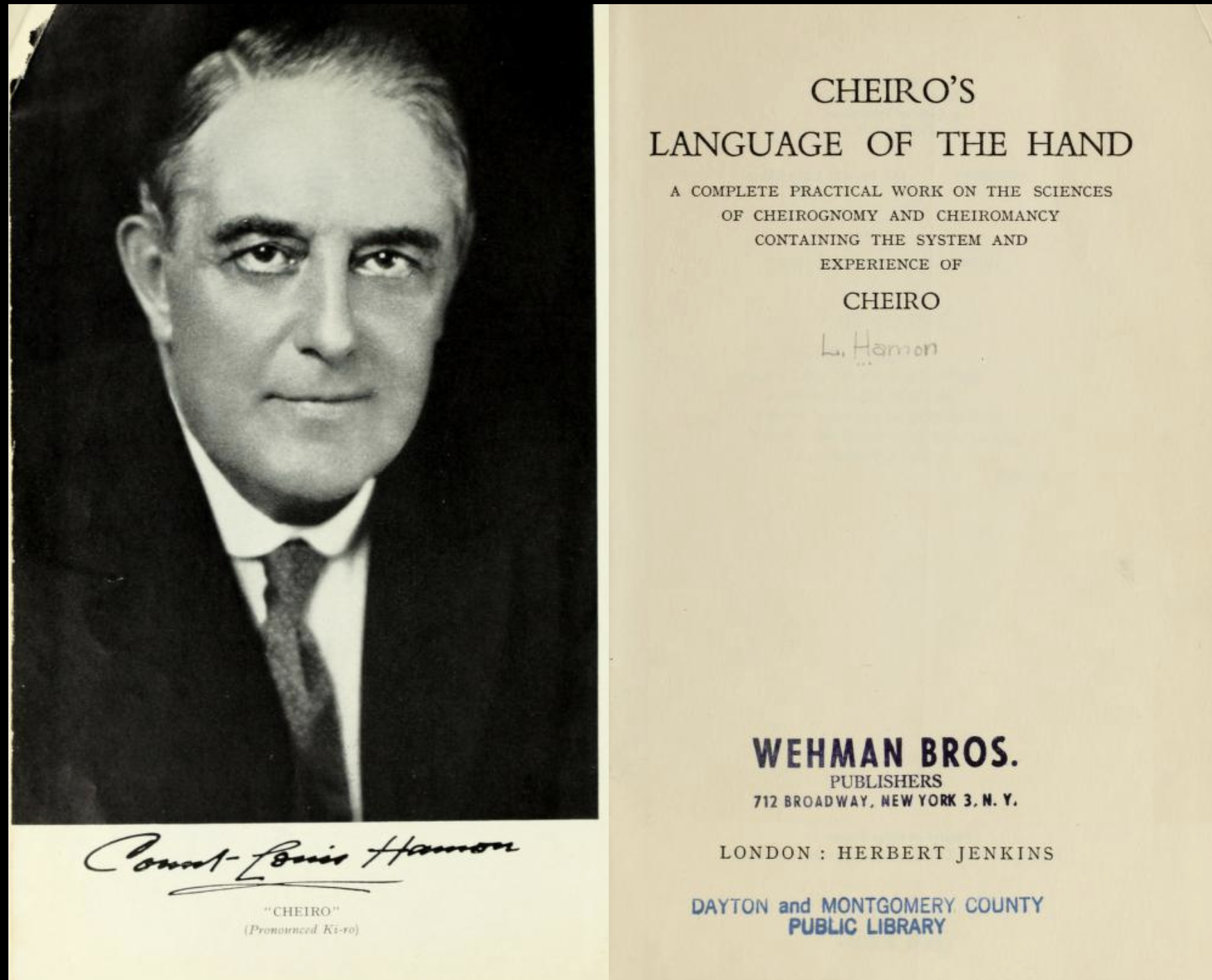
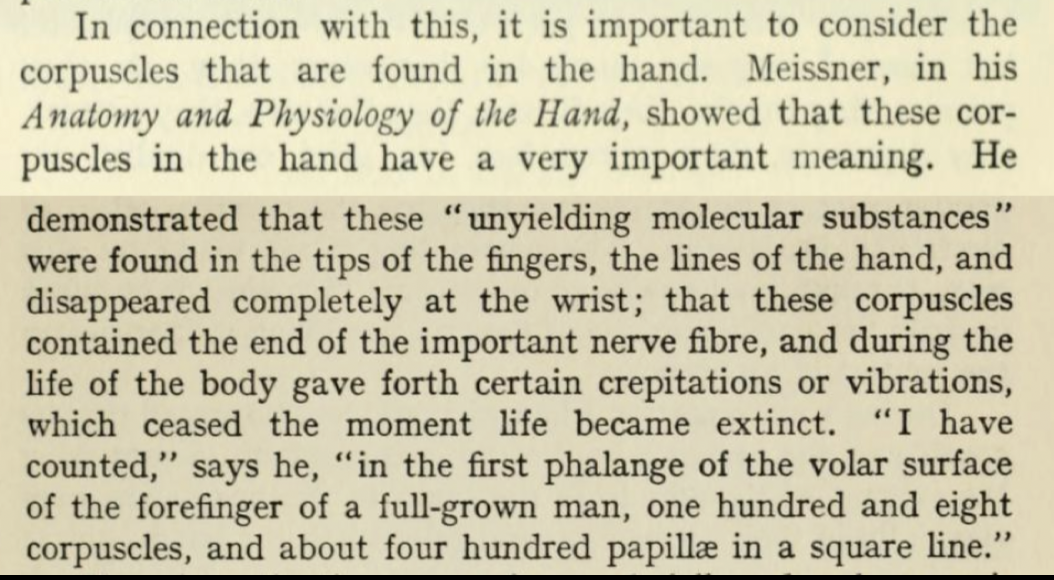
And luckily, in 1979, Cheiro (died 1936) conducted a long conversation with another medium. Read it here.
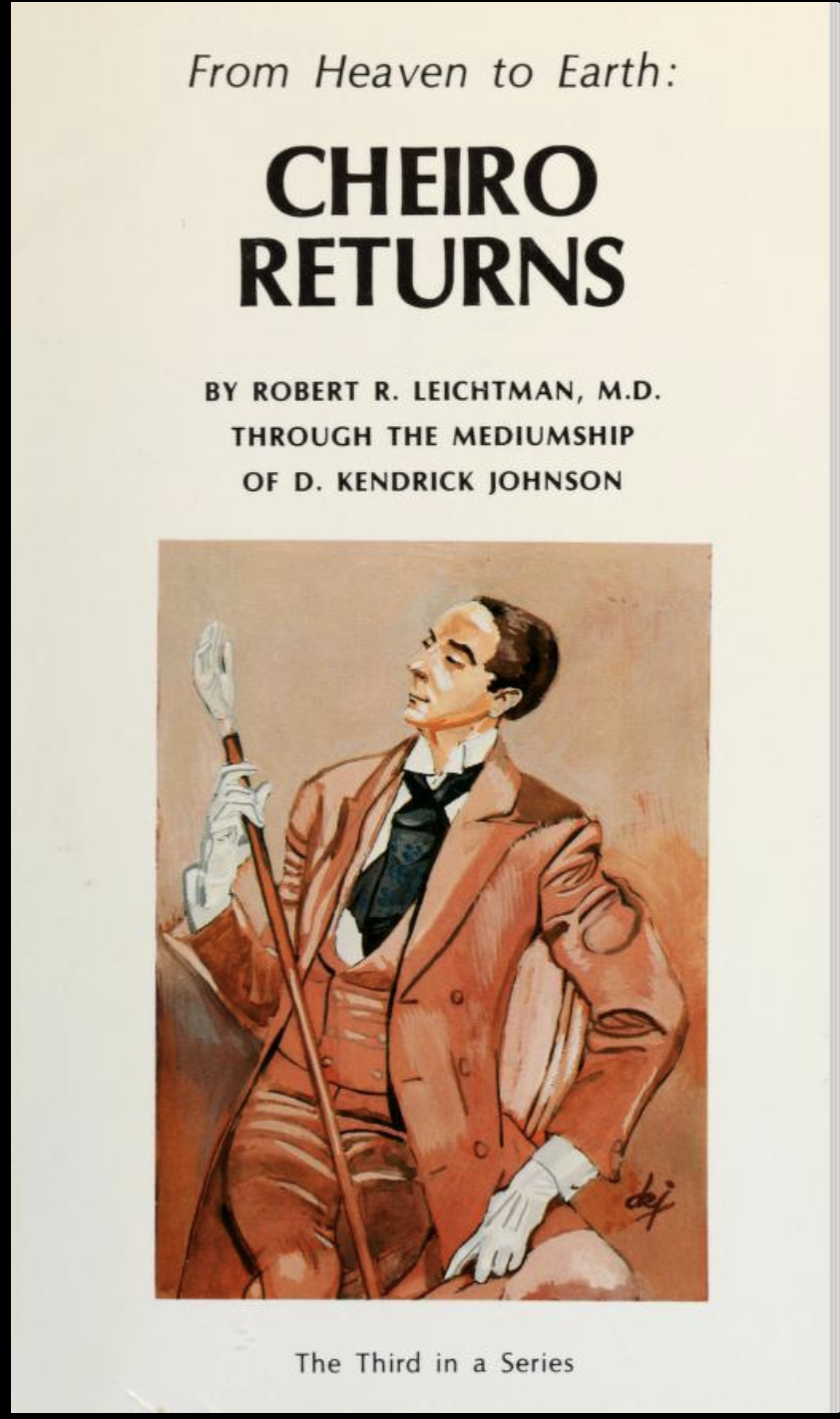
Posted By: Paul - Thu Jul 27, 2023 -
Comments (0)
Category: Frauds, Cons and Scams, New Age, Supernatural, Occult, Paranormal, Nineteenth Century, Twentieth Century
The Perfect Back Contest
Several different organizations conducted contests for "The Perfect Back." (Why no males were ever invited escapes me.) But the National Chiropractic Association version seems the longest-running and most-publicized. The fellow enjoying himself is one Dr. Charles Wood.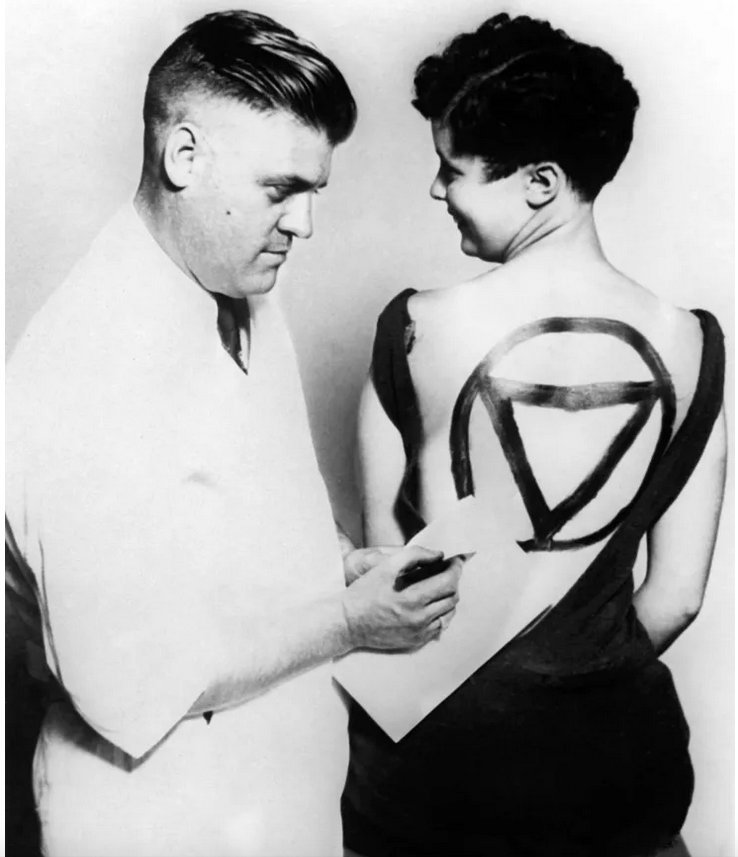
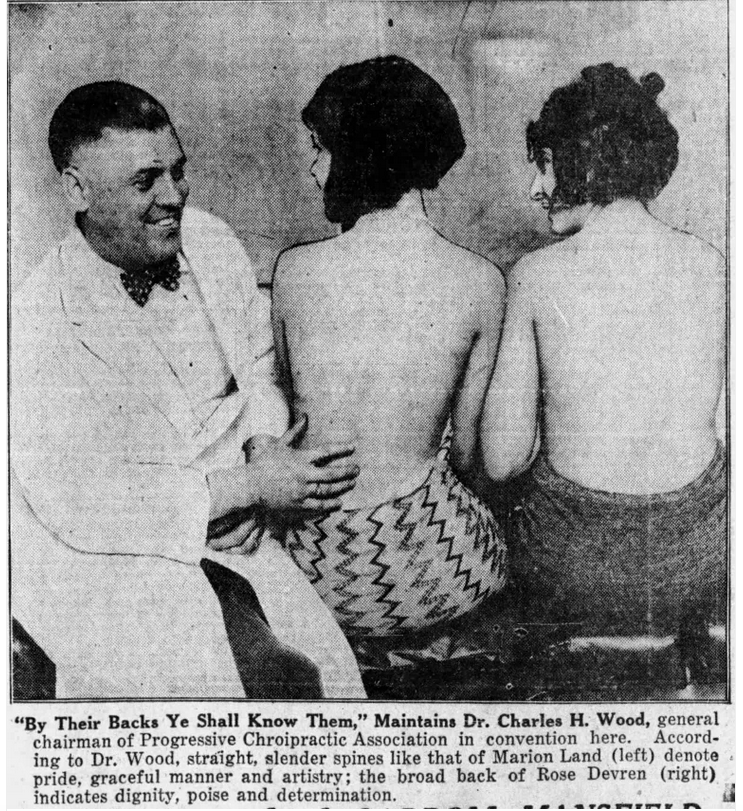
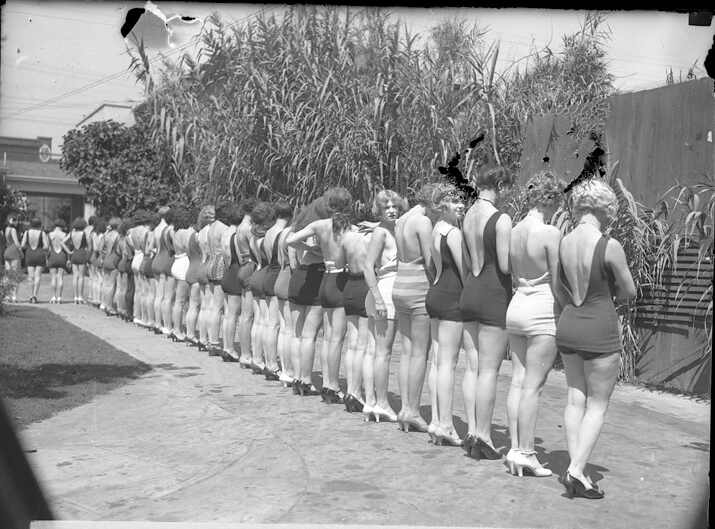
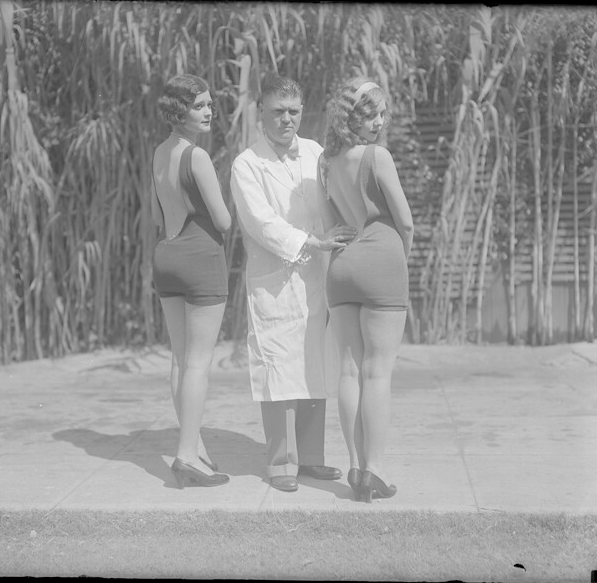
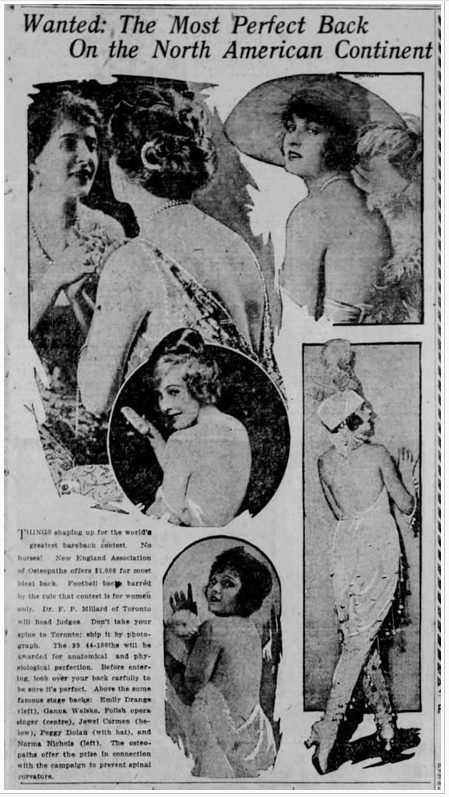
Posted By: Paul - Fri Jul 21, 2023 -
Comments (2)
Category: Awards, Prizes, Competitions and Contests, Beauty, Ugliness and Other Aesthetic Issues, Body, Medicine, Twentieth Century
DeVere Baker, Mormon Raftmaker
His page at a Mormon Wiki.He had the goal of sailing ocean currents in order to prove the voyages spoken of in the Book of Mormon were possible.... His failures were many, and often embarrassing, so embarrassing that the press and Mormons in general began to look the other way, rather than report on his adventures.... Nor were Baker’s dreams confined to the ocean. In a unique combination of science-fiction and Mormon theology, he authored several stories focused on a beautiful alien girl named ‘Quetara.’ A human scientist is kidnapped by her crew and falls in love with her, learning in the process how God came to be, billions of years previously, and how evolution allowed the endless variation of species to develop on each world in a grand, perpetual Cosmic experiment overseen and controlled by Deity. A subtext of this was ostensibly good latter-day doctrine – that countless other worlds, including, of course, the wise and alluring Quetara’s own planet, were inhabited by people just like us.
Read a long essay here.


Posted By: Paul - Wed Jul 19, 2023 -
Comments (5)
Category: Eccentrics, Explorers, Frontiersmen, and Conquerors, Oceans and Maritime Pursuits, Religion, Twentieth Century
Hoosier Poet Canned Goods
Very few--if any other--poets have a line of canned goods named after them, as did James Whitcomb Riley.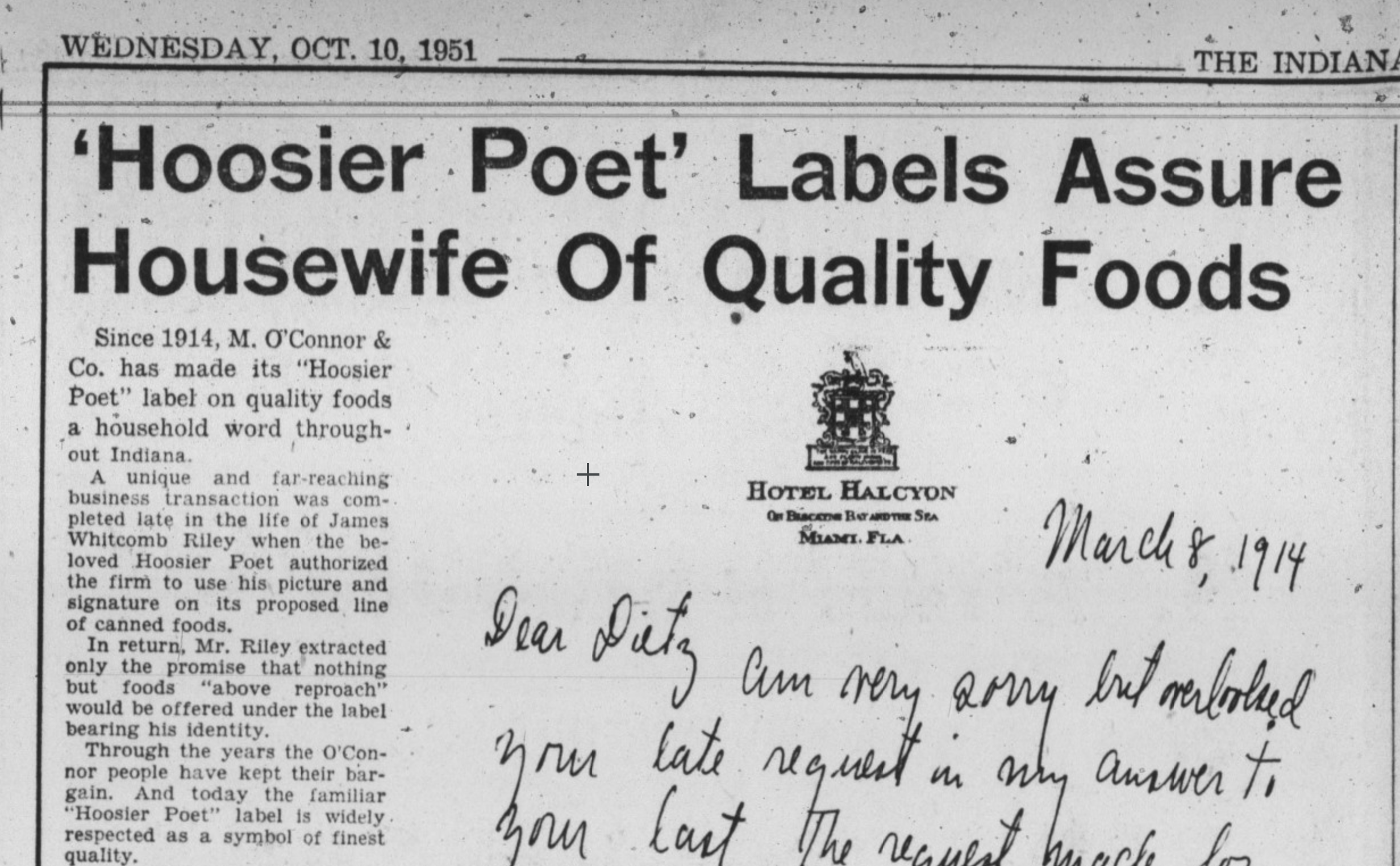
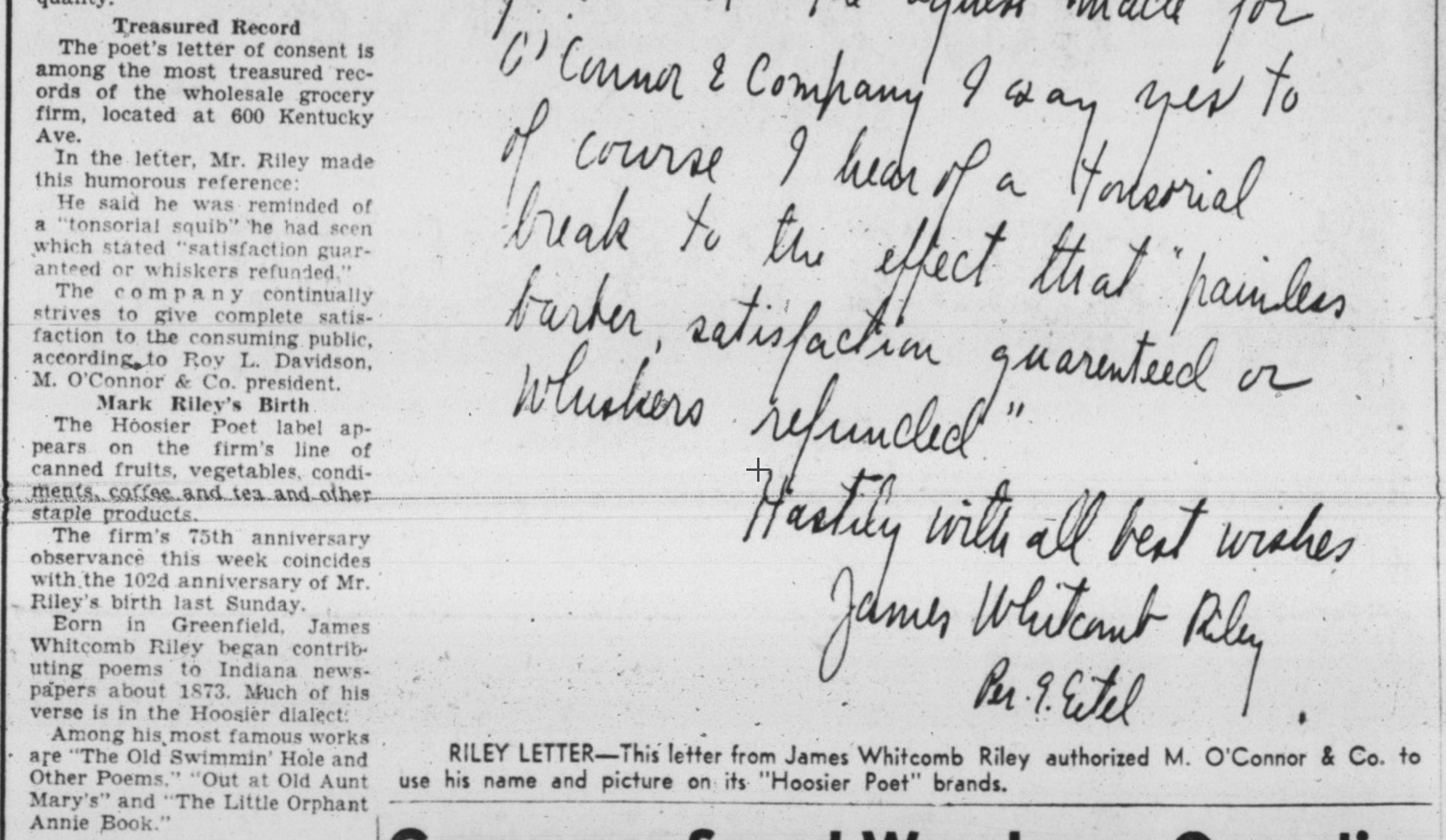
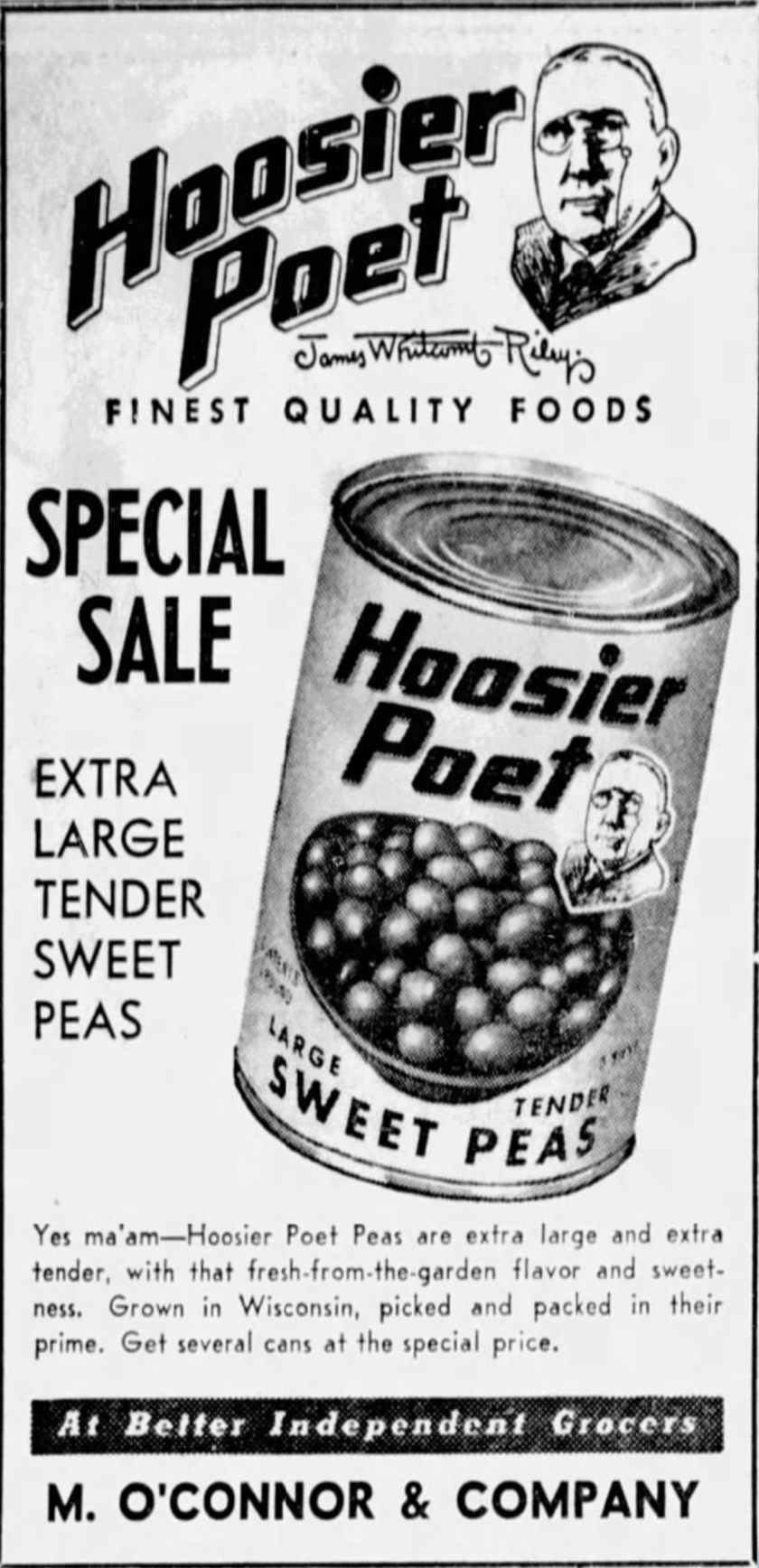

Posted By: Paul - Fri Jul 14, 2023 -
Comments (1)
Category: Food, Poetry, Nineteenth Century, Twentieth Century

| Who We Are |
|---|
| Alex Boese Alex is the creator and curator of the Museum of Hoaxes. He's also the author of various weird, non-fiction, science-themed books such as Elephants on Acid and Psychedelic Apes. Paul Di Filippo Paul has been paid to put weird ideas into fictional form for over thirty years, in his career as a noted science fiction writer. He has recently begun blogging on many curious topics with three fellow writers at The Inferior 4+1. Contact Us |




